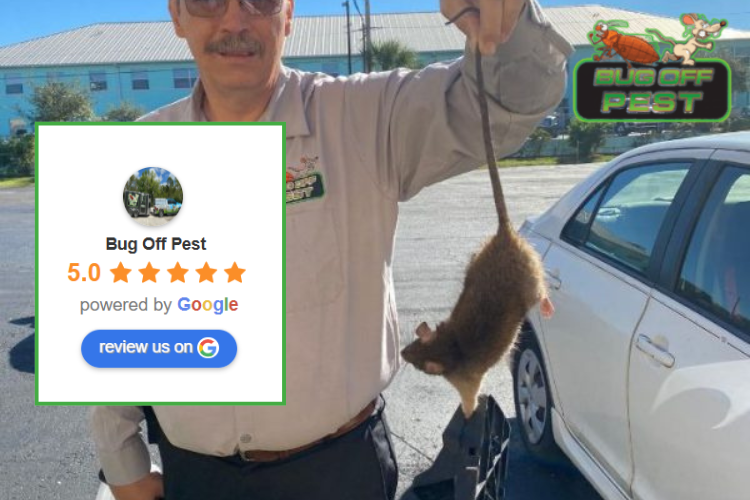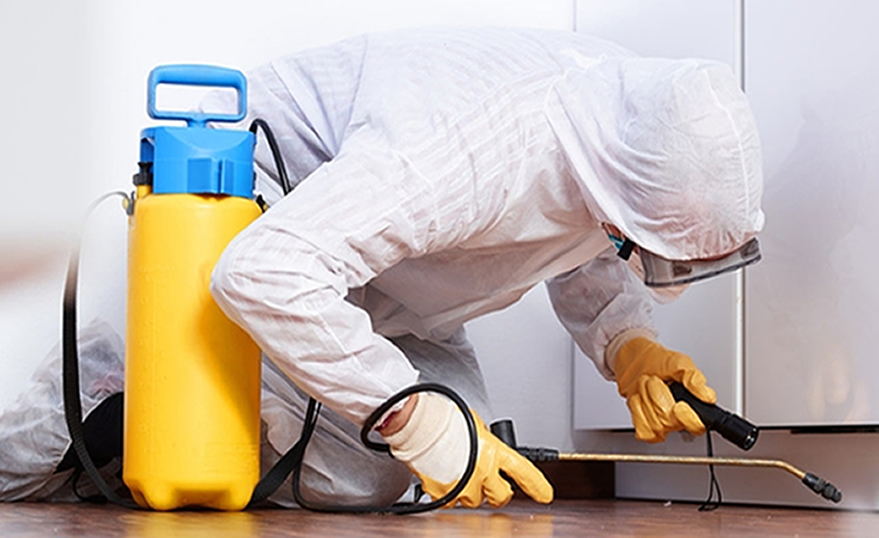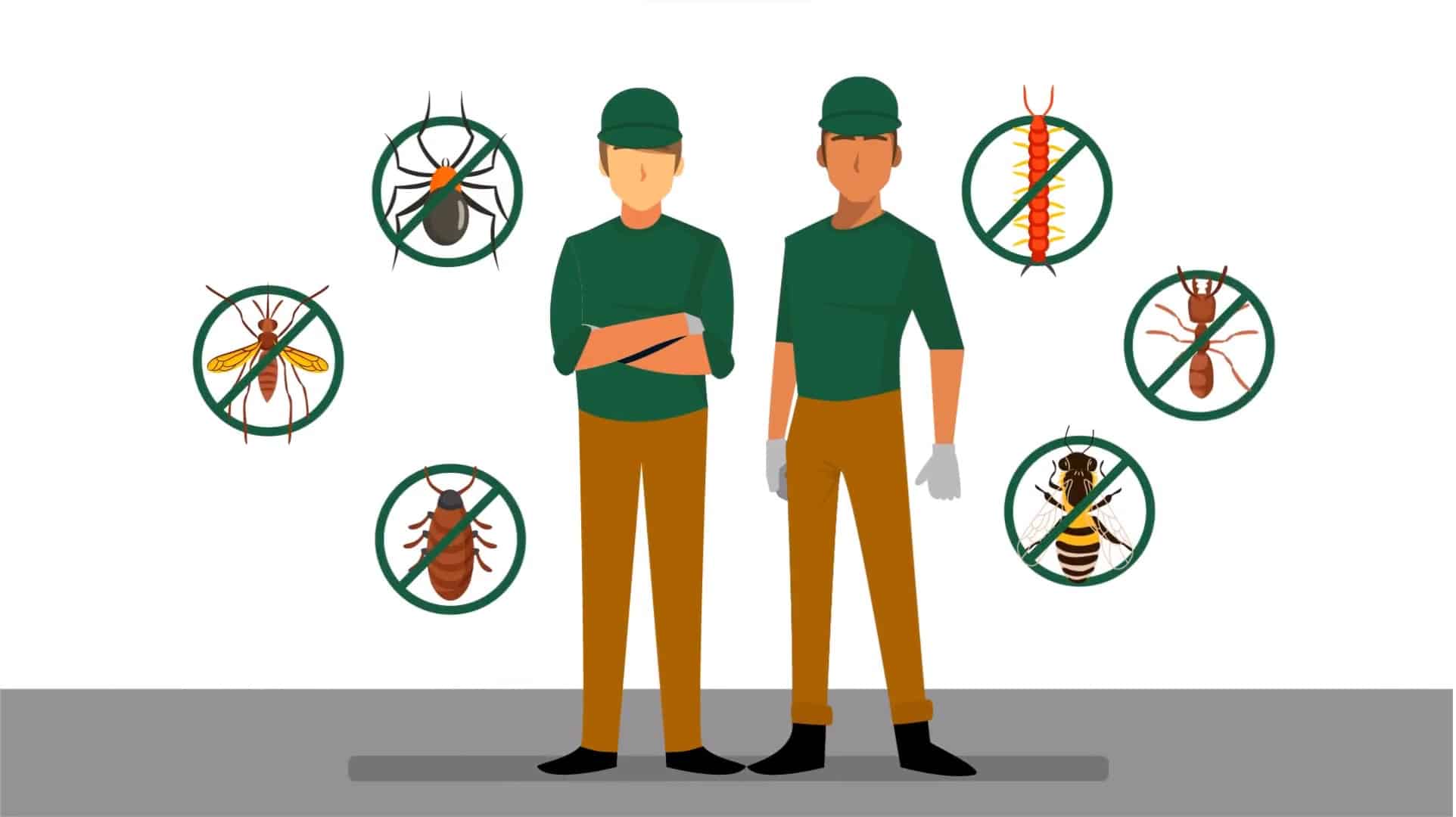Trusted Commercial Pest Control Service in Port Charlotte
Trusted Commercial Pest Control Service in Port Charlotte
Blog Article
Comprehensive Overview to Comprehending Insect Control Approaches and Their Treatment
Recognizing parasite control approaches is crucial for effective administration of undesirable microorganisms that present dangers to health, agriculture, and home. This extensive guide will explore various approaches, consisting of chemical options, organic techniques, and mechanical methods, all under the umbrella of Integrated Pest Administration (IPM) As we check out these techniques, it comes to be significantly clear that the choice of approach can dramatically impact both human passions and eco-friendly equilibrium. What aspects should be taken into consideration when selecting the appropriate parasite control approach for a specific circumstance? The answer may cause even more lasting practices than one might initially think.
Review of Insect Control Approaches
Parasite control approaches encompass a range of strategies developed to take care of and get rid of unwanted organisms that can hurt human wellness, agriculture, and residential or commercial property. Efficient parasite administration is vital for preserving the stability of environments and guaranteeing the security of food materials. These approaches can be generally classified into 3 main approaches: social, mechanical, and biological controls.

Social control entails changing farming practices or environmental problems to minimize pest establishment and reproduction. This technique consists of plant rotation, sanitation, and selecting pest-resistant plant varieties. Mechanical control counts on physical obstacles or devices to stop bug accessibility or straight remove them. Instances include traps, webs, and hand-picking hazardous bugs.
Biological control utilizes all-natural killers, bloodsuckers, or virus to control pest populaces. This technique highlights eco-friendly balance and can include presenting useful pests, such as ladybugs or predatory nematodes, to manage pest visibility.
Integrated insect monitoring (IPM) integrates these techniques, utilizing an all natural approach that highlights avoidance, monitoring, and accountable administration. By employing a mix of these techniques, pest control can be much more sustainable and reliable, reducing dependence on chemical interventions while guarding human wellness and the atmosphere.

Chemical Insect Control Solutions
A selection of chemical pest control options are offered, offering reliable options for handling insect populaces when various other approaches might drop brief. These remedies mostly include insecticides, herbicides, fungicides, and rodenticides, each created to target details pests while lessening damage to non-target microorganisms.
Insecticides are especially efficient versus a series of bugs, consisting of ants, cockroaches, and termites, and can be categorized as get in touch with or systemic representatives. Get in touch with pesticides eliminate pests on get in touch with, while systemic insecticides are taken in by plants, making them hazardous to insects that feed on them. Herbicides are utilized to regulate undesirable plant life, whereas fungicides are important for managing fungal illness that can harm crops and decorative plants.
Furthermore, incorporated pest monitoring (IPM) principles ought to be utilized, incorporating chemical options with social, mechanical, and biological techniques for lasting parasite control. This alternative approach not only boosts pest monitoring performance but additionally his response minimizes possible environmental influences associated with chemical usage.
Organic Insect Control Techniques
Organic insect control methods offer an eco-friendly option to chemical techniques by using natural killers, parasites, or microorganisms to take care of bug populations. This strategy leverages the ecological connections between organisms, advertising a balanced ecosystem while reducing chemical residue in the environment.
One of the most common organic control methods includes the introduction of natural opponents. Ladybugs are utilized to manage aphid populaces, while parasitical wasps can target caterpillars and other insects. These natural killers efficiently reduce pest numbers without hurting beneficial insects.
Additionally, microbial agents such as bacteria, fungi, and viruses are utilized to infect and eliminate specific bugs. Bacillus thuringiensis (Bt), a normally happening germs, is commonly utilized to regulate caterpillars and various other larvae, showcasing the performance of microbial pest control.

Physical and Mechanical Approaches
Often used in integrated bug monitoring strategies, physical and mechanical techniques work as effective tools for regulating insect populations without making use of chemicals. These methods depend on physical barriers, catches, and various other mechanical devices to stop or remove parasites, making them eco-friendly choices.
Physical approaches consist of using barriers such as insect netting, displays, or row covers that physically obstruct pests from accessing look at these guys plants. This is especially valuable in agricultural settings where crop defense is crucial. In addition, habitat control, such as getting rid of debris and standing water, can minimize parasite reproducing sites, thereby decreasing infestations.
Mechanical approaches incorporate traps, which can be developed to catch specific insects. Sticky catches and pheromone traps are common examples that lure and keep insects, assisting in monitoring and control. Vacuuming is one more mechanical method, reliable for removing insects from indoor settings, especially in instances of problems.
Preventative Insect Monitoring Strategies
Effective preventative insect monitoring approaches are crucial for preserving healthy and balanced environments and reducing pest-related problems before they develop (Pest Control in Port Charlotte, FL). These approaches concentrate on proactive measures that decrease the possibility of bug invasions by dealing with the root causes

An additional essential strategy entails correct landscape design practices (Pest Control in Port Charlotte, FL). Maintaining plants trimmed and far from buildings can reduce harborage locations for bugs. Likewise, carrying out integrated bug administration (IPM) techniques that consist of keeping an eye on insect populations and employing biological controls can foster a balanced environment that naturally suppresses pest numbers.
Education and training for staff and residents on acknowledging very early indicators of parasite activity are also essential components of a reliable preventative program. By fostering a setting of awareness and watchfulness, companies and house owners can greatly boost their pest management initiatives and safeguard their spaces against future problems.
Conclusion
Employing an Integrated Pest Monitoring (IPM) structure permits for the sustainable management of pests while minimizing environmental impact. Ultimately, an extensive understanding of these diverse bug control techniques is crucial for accomplishing effective outcomes in parasite monitoring initiatives.
Report this page